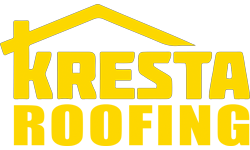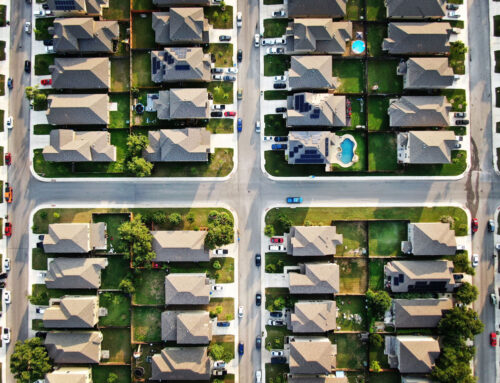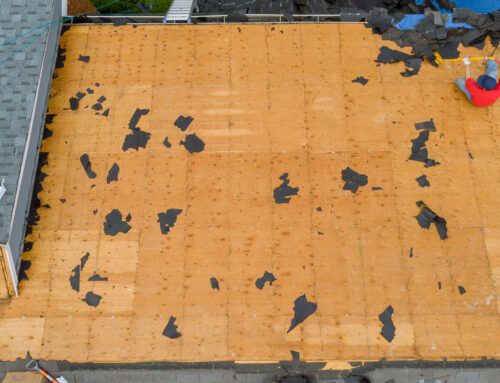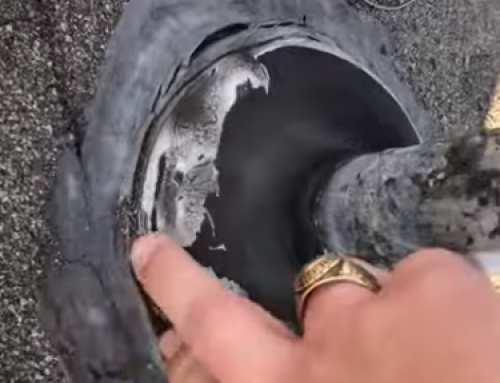Moss & Algae on Roofs: Causes, Effects, and Solutions
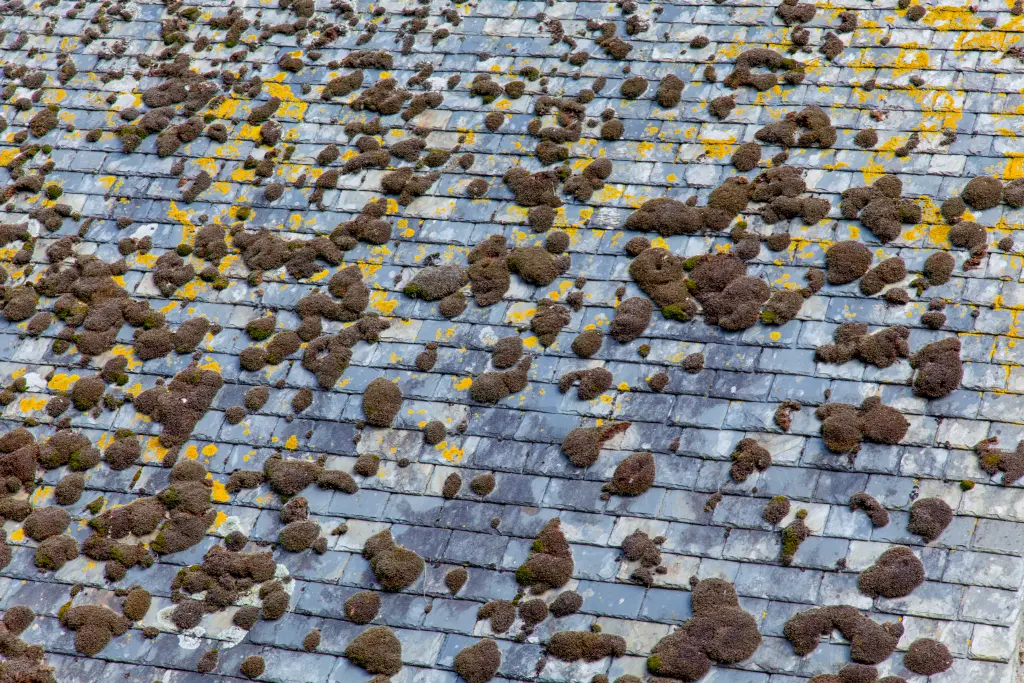
When it comes to maintaining a home, the roof often gets overlooked. Yet, it plays a crucial role in protecting the structure from the elements. One of the most common issues homeowners face is the growth of moss and algae on their roofs. While these organisms might seem harmless at first glance, they can cause significant damage over time. Understanding the causes, effects, and solutions for moss and algae on roofs is essential for preserving the longevity and aesthetics of your home.
Understanding Moss and Algae

Moss and algae are types of plants, but they thrive in different conditions and have distinct characteristics: Moss is a small, non-vascular plant that prefers damp, shaded environments. It grows in dense clumps or mats and can retain a significant amount of moisture. Algae, on the other hand, are simple, photosynthetic organisms that can appear as green, blue-green, or black streaks on roofs. They thrive in humid conditions and often grow on surfaces that receive a lot of sunlight.
Causes of Moss and Algae Growth
Several factors contribute to the growth of moss and algae on roofs such as:
- Moisture: Both moss and algae thrive in moist environments. Roofs that are frequently exposed to rain, dew, or humidity provide the perfect conditions for these organisms to flourish.
- Shade: Overhanging trees or structures that cast shadows on the roof can create ideal conditions for moss growth by keeping the surface damp and cool.
- Poor Ventilation: Inadequate attic ventilation can lead to increased humidity levels, which can encourage moss and algae growth.
- Roof Material: Certain roofing materials, such as asphalt shingles, wood, and concrete tiles, are more susceptible to moss and algae growth due to their porous nature.
- Environmental Factors: Regions with high humidity, frequent rainfall, and moderate temperatures are more prone to moss and algae growth on roofs.
Effects of Moss and Algae on Roofs
While moss and algae might not pose an immediate threat, their presence can lead to several long-term issues:
- Structural Damage: Moss retains moisture, which can seep into the roofing material and cause rot, decay, and deterioration. Over time, this can compromise the structural integrity of the roof.
- Increased Weight: A thick layer of moss can add significant weight to the roof, putting additional stress on the structure and potentially leading to sagging or collapse.
- Reduced Lifespan: The constant moisture and the root systems of moss can degrade roofing materials, reducing the lifespan of the roof.
- Blocked Drainage: Moss and algae can clog gutters and downspouts, leading to water backup and potential water damage to the roof and the home’s interior.
- Aesthetic Impact: Algae streaks and moss growth can make a roof look unsightly, diminishing the overall curb appeal of the home.
- Increased Energy Costs: Dark streaks of algae can absorb more heat, causing the roof to become hotter. This can increase cooling costs as the home’s air conditioning system works harder to maintain a comfortable temperature.
Prevention and Removal Solutions

Preventing and removing moss and algae from your roof requires a combination of regular maintenance and proactive measures:
- Regular Inspections: Conduct regular roof inspections to identify and address any signs of moss or algae growth early on. Look for dark streaks, green patches, or areas where water tends to accumulate.
- Trimming Overhanging Branches: Trim back any branches that overhang the roof to reduce shade and improve air circulation. This will help keep the roof dry and less hospitable to moss and algae.
- Cleaning the Roof: Periodically clean your roof to remove debris, leaves, and organic matter that can retain moisture. Use a gentle brush or low-pressure washer to avoid damaging the roofing material.
- Installing Zinc or Copper Strips: Zinc and copper are natural biocides that can help prevent moss and algae growth. Installing strips of these metals along the roof ridge can create a protective barrier as rainwater washes over them.
- Improving Ventilation: Ensure that your attic is properly ventilated to reduce humidity levels and keep the roof dry.
- Using Algaecides and Moss Killers: There are several commercially available algaecides and moss killers that can be applied to the roof. Follow the manufacturer’s instructions carefully and consider the environmental impact of these chemicals.
- Professional Cleaning: If moss and algae have already taken hold, consider hiring a professional roof cleaning service. They have the expertise and equipment to safely and effectively remove the growth without damaging the roof.
- Choosing Algae-Resistant Shingles: When replacing or installing a new roof, consider using algae-resistant shingles. These shingles are treated with copper granules to inhibit algae growth.
Moss and algae on roofs might seem like minor nuisances, but they can lead to significant problems if left unchecked. Regular inspections, proper maintenance, and proactive measures are key to preventing and managing the growth of these organisms. By understanding the causes and effects of moss and algae, homeowners can take steps to protect their roofs and ensure their homes remain safe, functional, and visually appealing.
Maintaining a roof free of moss and algae begins with a Free Roof Inspection by Kresta Roofing. A free roof inspection involves our roofing contractors visiting your home and inspecting the roof physically or by drone depending on the roof’s condition. Pictures will be taken and given to the homeowner to show them whether there is damage or not. A free quote will also be given if there is damage that needs to be repaired. Contact Kresta Roofing today for a free roof inspection and quote.
